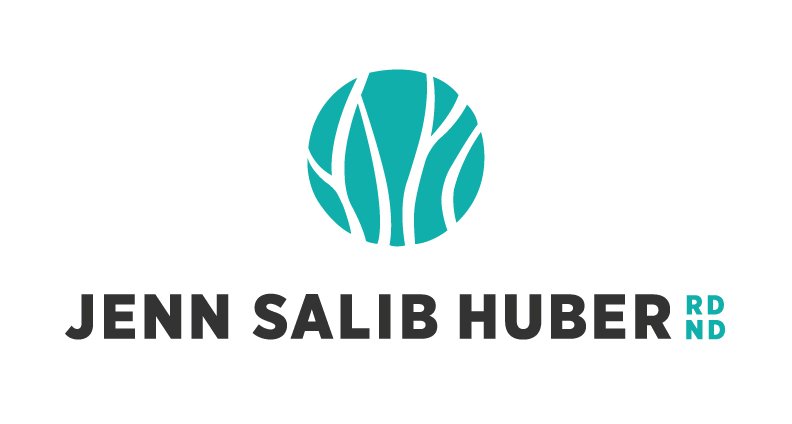Part 2 of The Great Calcium Debate - If Not Calcium, Then What?
Welcome back to part 2 of the great calcium debate...If not calcium, then what? If you missed part 1, you can read it here.
Quick recap: Calcium is important, but calcium intake from supplements does not seem to be associated with reduced fractures in post-menopausal women. And, calcium intake in general for women in menopause does not seem to have much of an impact on fracture risk.
What can we do to keep our bones strong and reduce the risk of fracture?
As I mentioned last week, everything under 30 is about building bone. After that, the focus shifts to maintaining bone and reducing the rate of bone loss, especially after menopause when estrogen levels are low. Bones are always in a state of building up and breaking down, called bone turnover. The key is to do things that help slow the loss of bone density as we move into menopause.
Vitamin D
Next to calcium, this is the vitamin that most people associate with strong bones, and low blood levels of vitamin D are associated with osteoporosis. And like calcium, there is still some back and forth about the impact of Vitamin D supplementation on bone health and fractures. But unlike calcium, it is challenging to get enough vitamin D from food.
Why? Because even the best food sources (fortified milk (small amounts), liver, egg yolks and fatty cold-water fish, including sardines) fall short of meeting our daily needs, and it's unlikely that most people can make enough of the sunshine vitamins during the summer months to make it through the winter.
Fun fact! Did you know that Canadians (and others at this latitude) can only get vitamin D from the sun from April through October? The angle of the sun is too low during the winter months!
How much should you take? That depends on whether a deficiency is being corrected (determined by a blood test), dietary sources, other health conditions, etc. But most recommendations are for women to get a minimum of 1000 IU per day. Talk to your health care provider about what dose is best for you.
Vitamin K2
I could devote an entire newsletter to Vitamin K2 (and probably will at some point), but for now, here's what you need to know. Vitamin K2 is different than Vitamin K1, which we get from leafy greens. And, K2 plays an important role in helping deliver calcium to our bones, instead of depositing it elsewhere, like in our arteries. This explains why vitamin K2's benefits for heart health may actually outstrip the boost it gives our bones!
Why haven't you heard of it before? Because K1 and K2 have always been lumped together as 'Vitamin K', as a result, separate requirements and recommendations were never developed. But I expect that will change in the coming years.
How much should you take? Again, that depends! I usually recommend including foods rich in vitamin K2, like old hard cheeses (yum), eggs (with yolks), and liver (if that's your thing) first. But even these may not get you the 100-200 mcg that most studies have looked at. If you decide to supplement with Vitamin K2, think about getting a D3/K2 combo, as both are fat-soluble vitamins and go well together!
Magnesium
Magnesium plays more of a supporting role in bone health, but a starring role in overall health, especially for women in perimenopause and menopause. For a deep dive discussion into benefits, types, and dosages, click here for a blog post from last year.
Salt, Caffeine and Alcohol
The expression 'everything in moderation' definitely applies to this trio. And most people don't need to worry about the impact of moderate intakes of salt (less than 2 gm/day), 1-2 cups of coffee/tea, and alcohol within the recommended guidelines on bone health.
Weight-bearing + Strength training
Rounding out this discussion around bone health with a reminder that adding-in weight-bearing movement and strength training are probably the two most important things you can do to maintain bone health (and overall health) as you age.
Impact movements (low, medium, or high) help to stimulate bone growth, and strength training maintains the muscles protecting the bone. Current recommendations suggest 20-30 minutes of each, 2-3 times a week.
But remember, keep it joyful! You don't have to hit the gym or sign up for a boot camp to make a difference. All movement counts!
Need help with nutrition and making peace with food in midlife?
Book a free call to learn about how I can work with you.
Sign up for my group program Beyond The Scale - How to Undiet Your Life After 40.
Join my FREE Facebook Group for support and inspiration – Everyday Intuitive Eating
